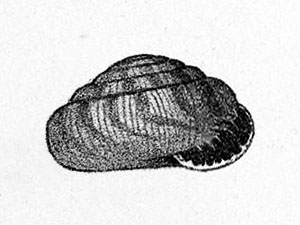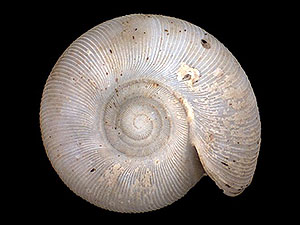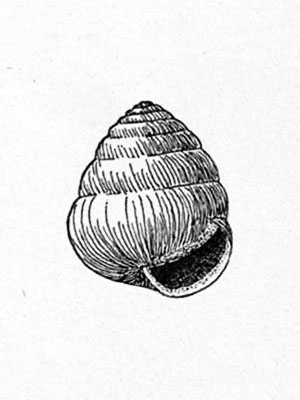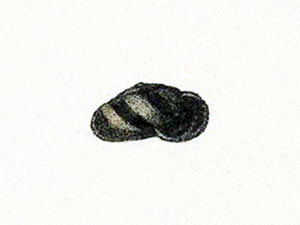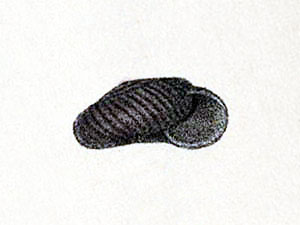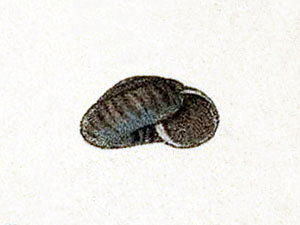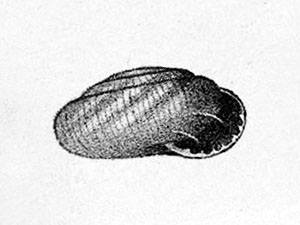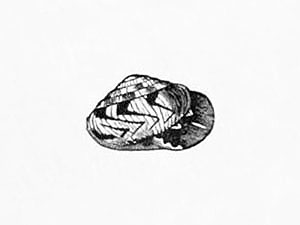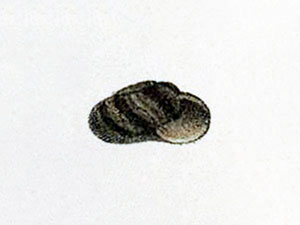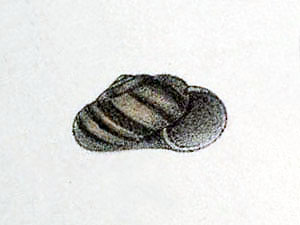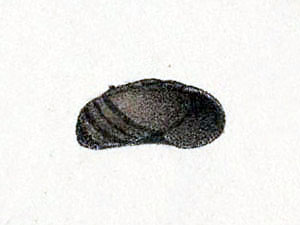Well-armed Saint Helena Snail (Helenoconcha perarmata)
The Well-armed Saint Helena Snail was described in 1893; it was restricted to the island of Saint Helena, where it was found on Diana’s Peak, the island’s highest mountain.
The species is apparently known from only two specimens, which differ from each other in the height of their spire; they reach sizes of about 0,3 cm in diameter. [1]
***
This form might be identical with the Six-toothed Saint Helena Snail (Helenoconcha sexdentata (Smith)), with which it was described.
As mentioned under that species, the Saint Helena Gastropoda species are in urgent need of a proper revision!
***
syn. Patula perarmata Smith
*********************

(public domain)
*********************
References:
Edgar A. Smith: Descriptions of two new species of Patula from St. Helena. The Conchologist 2(7): 164-165. 1893
*********************
edited: 30.05.2021

